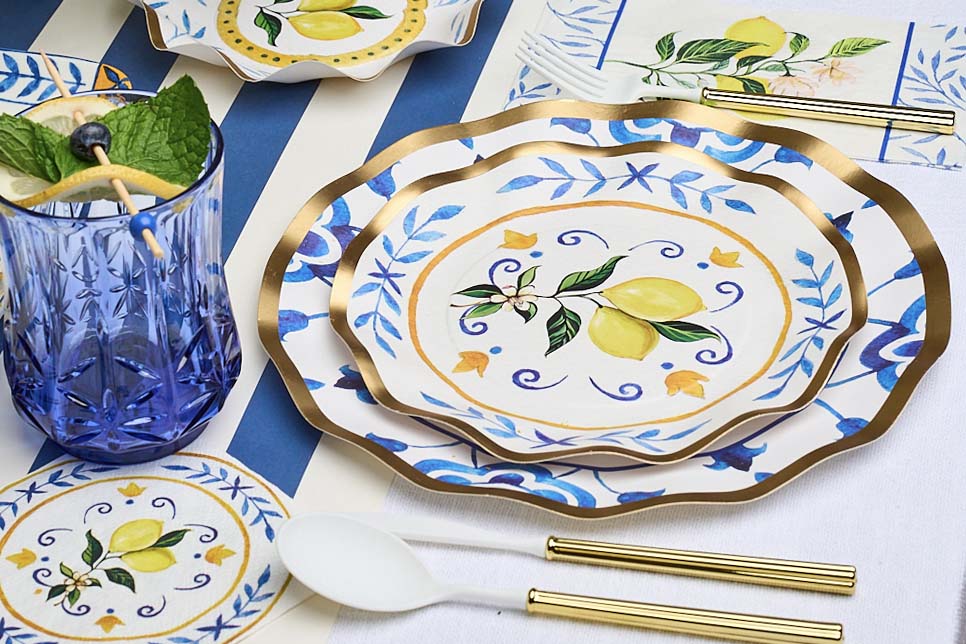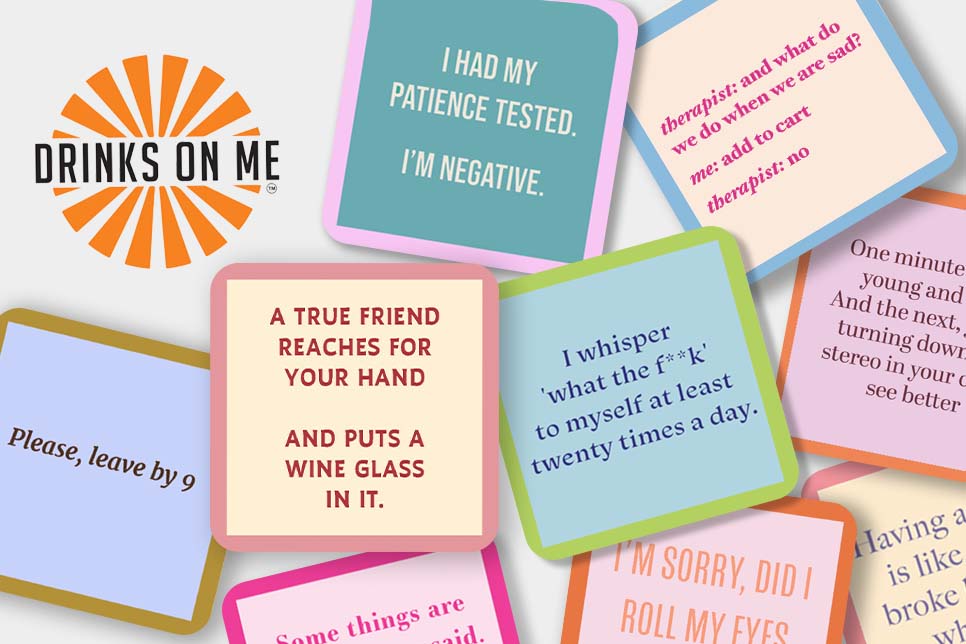Wood or Plastic Cutting Boards: Which Is the Better Option?
A cutting board is a must-have item in any cook’s arsenal. When it comes to choosing a cutting board, the options in the material are endless. Cutting boards can be wood, plastic, marble, glass, and even steel!
But there’s a reason why you rarely see a block of glass on a kitchen table. That’s because these extra-hard materials can do some serious damage to your kitchen knives. Plus, they make enough noise to make you never want to cook again!
For this reason, cutting boards made from softer materials—wood and plastic—prevail in most kitchens. If you’re shopping around for a cutting board, then these will probably be the two options you’ll come across most often.
To help you make the best choice, here’s a guide from Sophistiplate on the difference between wood and plastic boards, and which option is better for you.
Different Types of Plastic Cutting Boards
Even though people think of plastic as just one material, there are actually many different types of plastics that vary in weight, flexibility, and strength.
When it comes to cutting boards, the plastic that’s used is called high-density polyethylene. This material goes through a certification process in order to ensure that it doesn’t dull the edges of a knife.
Although polyethylene can be recycled and reused, it is still a synthetic material and will not decompose in the environment if it ever makes its way to a landfill. This is important to know as plastic pollution is one of the leading causes of pollution worldwide.
Different Types of Wood Cutting Boards
There is also more than one type of wood when it comes to cutting boards. Some of the materials that wood cutting boards can be made from include beech, teak, walnut, and, as the industry standard, maple.
The reason these woods are chosen for cutting boards is that they’re hardwoods, which means that they have a higher density than other types of woods. Because of this, they have smaller pores and won’t allow bacteria to seep in as easily.
Plus, cutting boards made from hardwood will be less likely to develop dents and scratches over time, which is also very important for hygiene. After all, bacteria thrive in the crevices that form on some cutting boards over time.
Which Cutting Board Is More Sanitary?
Even though wood cutting boards have been used for millennia by home cooks, professional chefs, and butchers worldwide, the use of plastic cutting boards came into popularity in the 70s. Producers of plastic claimed that wood cutting boards bred bacteria and that plastics were a much more sanitary choice.
We now know this not to be true at all! Wood definitely makes for a more sanitary cutting board and there are two reasons for this.
To start with, wood has natural antiseptic qualities. This means that even if your wood cutting board comes into contact with bacteria, wood will use its natural anti-bacterial defenses to kill the bacteria and to prevent it from spreading to the other foods that you cut on it.
Another reason why wood is a more hygienic option is that it may not have as many cuts on its surface as plastic after being used for a period of time. This is because the wood has amazing self-healing properties. So, if you make a lot of cuts in your wood cutting board, they may close up all on their own.
So, not only does wood get fewer scratches on it over time which won’t allow bacteria to thrive, but it can also kill the bacteria that it does come into contact with. For this reason, wood cutting boards are more sanitary than plastic ones.
Which Cutting Board Is Easier To Clean?
There’s a common myth amongst home cooks that plastic cutting boards are easier to clean because they can be thrown in the dishwasher. However, because of the prolonged exposure to heat and water, the dishwasher is a sure way to damage your cutting board and should be avoided.
When it comes to cleaning plastic cutting boards, the best solution is to scrub them with soap and water, as you would with regular dishes. If you want to be extra safe, like after cutting raw meat, then you can soak your plastic cutting board in a bleach solution for a few minutes.
Wood cutting boards should be cleaned a little differently. While scrubbing it with soap and (very hot) water is super important, it should never be put into bleach as that can mess with its natural antiseptic properties. Instead, soak your wood cutting board in a sanitizing solution of water and vinegar.
Some experts recommend even oiling your wood cutting board to keep it from cracking and looking its best. As an added bonus, oiling your wood cutting board can even decrease how much bacteria gets through the pores and cracks.
And of course, drying is just as important as washing when it comes to proper hygiene. No matter the material, cutting boards should be left to dry in a space where there is ample air and ventilation. After all, moisture and humidity make for the perfect conditions for bacteria to thrive in.
Which Cutting Board Lasts Longer?
When it comes to durability, wood cutting boards generally tend to come out ahead.
As we mentioned above, wood cutting boards tend to be more resistant to the grooves made by your knife because of their self-healing properties. Because experts recommend replacing your cutting board every time it starts to look worn (read: scratched up), it’s best to invest in a cutting board that will develop less knife damage over time.
Some may think that wood is more likely than plastic to crack over time. While it’s certainly possible for wood cutting boards that are constantly exposed to moisture to develop cracks, this won’t happen with proper maintenance. If you avoid the dishwasher, dry the cutting board, and use cutting board oil, then your wood cutting board will last you up to a decade.
And overall, wood is just more durable. So, even if you notice that your wood cutting board is beginning to develop scratches, you can sand it down to get rid of them. This isn’t possible with a plastic cutting board. As a matter of fact, if you notice that your plastic cutting board is beginning to develop cracks, it should be thrown out right away.
For this reason, it’s rare for plastic boards to last more than five years. Most commonly, plastic boards need to be replaced annually, making them much less of an investment than a wood cutting board.
Which Cutting Board Looks Better?
While the design of a cutting board has a lot to do with its appearance, the material that it’s made from plays a major role, as well.
Plastic cutting boards tend to be very flimsy, which not only presents a problem for cooking but makes it look less sophisticated. Wood cutting boards, on the other hand, are much sturdier and will stay in place no matter what challenges they’re put up to.
When it comes to colors and patterns, plastic boards tend to have more to choose from. This is especially important if you want bright colors such as yellow. These options are not available for wood cutting boards.
However, there’s a reason why wood cutting boards are usually displayed in home decor magazines. Natural wood just looks good. Plus, there are different shades and patterns of wood from which to choose. As a bonus, because no one tree is the same, each cutting board has a unique look.
Just like plastic cutting boards, wood cutting boards can be personalized with images, words, and letters. This makes them a perfect gift for any occasion.
Plus, wood cutting boards are not only used for cooking. A gorgeous wood board can be used to display cheese, charcuterie, fruit, and even sweet treats during a party, and make for a great Instagram post. That’s definitely not an option for a plastic cutting board.
Wood Cutting Boards Are the Better Option
Looking over the pros and cons of each type of cutting board, it seems to us that wood is more hygienic, looks better, and will last you a really long time, making it the better choice. For a selection of premium wood cutting boards, Sophistiplate has your back with wood boards to fit any taste or occasion.
Sources:
What are the Different Types of Plastics? | This Is Plastics
Plastic Pollution Facts and Information | National Geographic
Cutting Boards | Food Safety & Inspection
Fast Facts About Cutting Boards and Food Safety in Your Kitchen | NC State News










